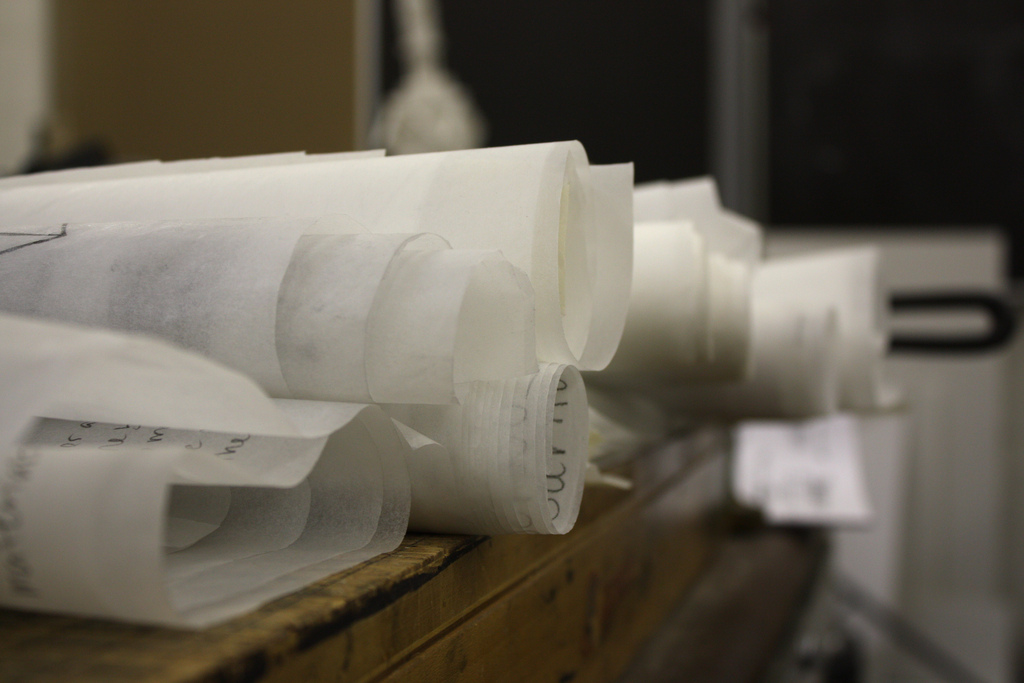The American Institute of Architects (AIA) has created the Equity in Architecture Commission, a blue-ribbon panel of leading architects, educators, and diversity experts to investigate diversity and inclusion in the profession.
The 20-member group is charged with assessing recent data, setting a plan of action, and reporting on results to the AIA Board of Directors by the end of 2016. The commission is a result of the “Equity in Architecture” resolution passed at the 2015 AIA annual meeting—a call to action to retain talent, advance the profession, and further the value of design in society through diversity actions.
“Diversity and inclusion is a priority of the AIA. We have made progress, but not fast enough. The world around us is changing much faster and we can do better,” said 2015 AIA President Elizabeth Chu Richter, FAIA. “We have great opportunity now to look at how to achieve the equity, diversity, and inclusion in AIA member firms through a creative means and provide a framework for the profession to act faster and better to meet a growing demand for architects.”
The goals for the Equity in Architecture Commission include:
- Develop specific recommendations that will lead to equitable practices
- Create measurable goals and develop mechanisms for assessing ongoing progress
- Present a plan of action based on the Commission’s recommendations
Related Stories
| Oct 15, 2013
High-rise Art Deco courthouse gets a makeover in Amarillo, Texas
Recognized as one of the most significant Art Deco courthouses in Texas, the Potter County Courthouse is modernized and restored to its 1930s aesthetic.
| Oct 10, 2013
Behind the scenes at the U40 Summit: See the $5,000 U40 Vision competition in progress [slideshow]
Sixty-five up-and-coming AEC leaders are battling for $5,000 in prizes today at BD+C's Under 40 Leadership Summit in San Francisco.
| Oct 10, 2013
Arthur Gensler to architects: Don't give away your ideas
The founder of Gensler advises dozens of up-and-coming AEC professionals at BD+C's Under 40 Leadership Summit in San Francisco.
| Oct 9, 2013
From power plant to office: Ambler Boiler House conversion
The shell of a 19th-century industrial plant is converted into three levels of modern office space.
| Oct 7, 2013
10 award-winning metal building projects
The FDNY Fireboat Firehouse in New York and the Cirrus Logic Building in Austin, Texas, are among nine projects named winners of the 2013 Chairman’s Award by the Metal Construction Association for outstanding design and construction.
| Oct 7, 2013
Progressive steel joist and metal decking design [AIA course]
This three-part course takes a building owner’s perspective on the range of cost and performance improvements that are possible when using a more design-analytical and collaborative approach to steel joist and metal decking construction.
Sponsored | | Oct 7, 2013
Bridging the digital divide between the BIM haves and have nots
There's no doubt that BIM is the future of design. But for many firms, finding a bridge to access rich model data and share it with those typically left on the sidelines can be the difference between winning a bid or not.
| Oct 7, 2013
How to streamline your operations
The average U.S. office worker generates two pounds of paper each day, according to the EPA. Ninety percent of that trash is made up of printed materials: marketing reports, project drafts, copy machine mistakes, and unwanted mail. Here are a few ways AEC firms can streamline their management processes.
| Oct 7, 2013
Reimagining the metal shipping container
With origins tracing back to the mid-1950s, the modern metal shipping container continues to serve as a secure, practical vessel for transporting valuable materials. However, these reusable steel boxes have recently garnered considerable attention from architects and constructors as attractive building materials.
| Oct 4, 2013
Sydney to get world's tallest 'living' façade
The One Central Park Tower development consists of two, 380-foot-tall towers covered in a series of living walls and vertical gardens that will extend the full height of the buildings.
















